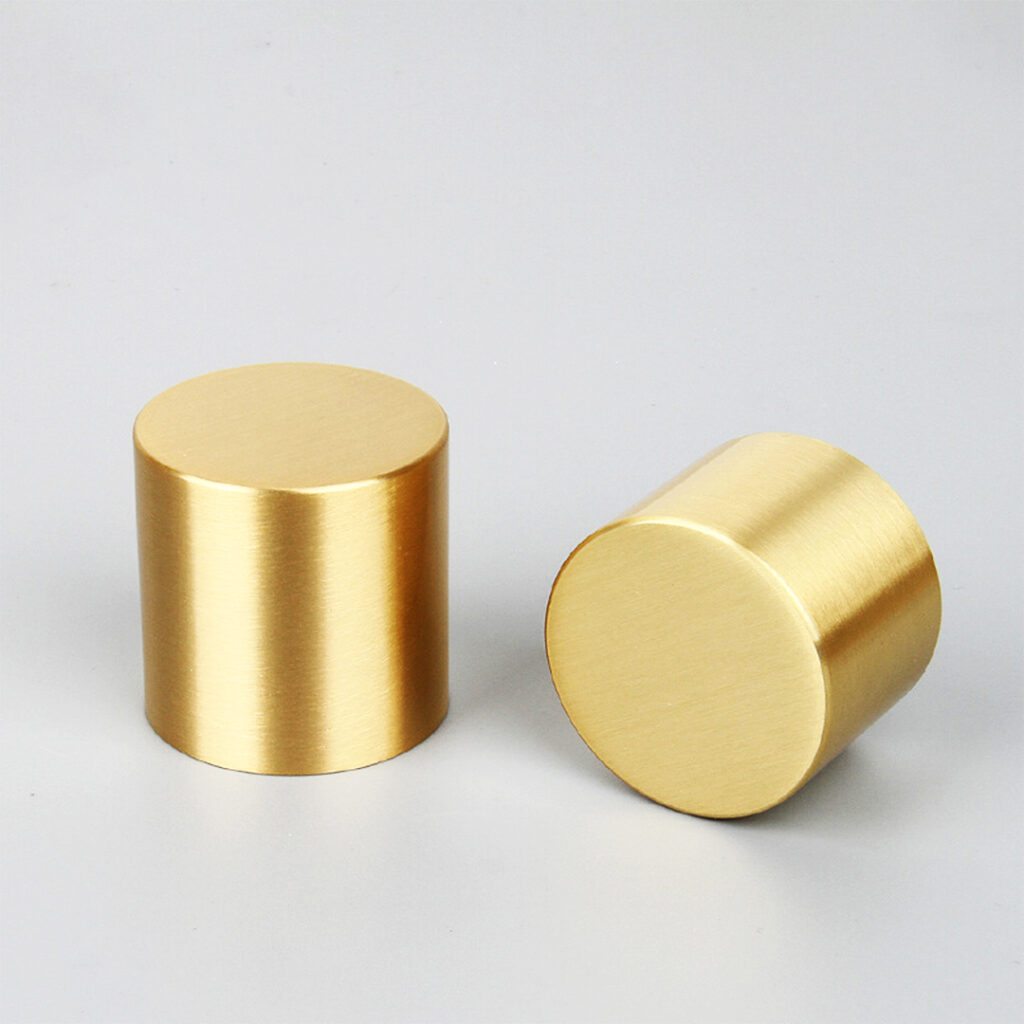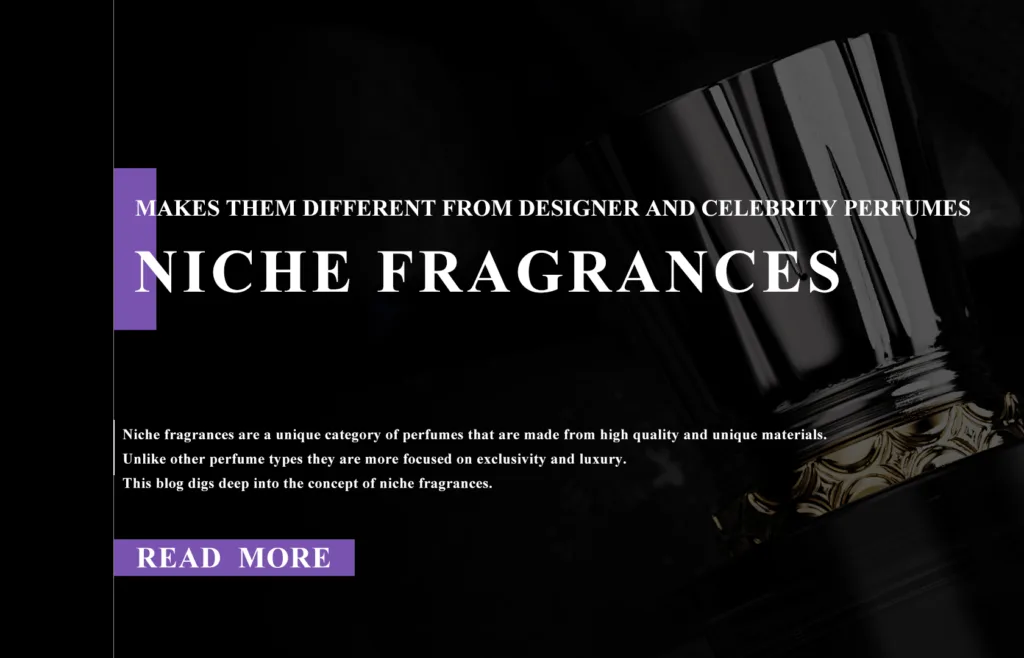Research indicates that approximately sixty-three percent of customers purchase a product because of its packaging. This is how important product packaging is.
Electroplating is one of the printing methods that add a personalized touch to glass perfume bottles. It makes the bottle’s packaging more aesthetically pleasing and adds to their durability.
This blog explains the process of electroplating, also known as water plating. It throws light on its advantages and limitations and the execution of the process.
What is Electroplating?
Electroplating, also known as water plating, is a process that deposits metal on an object through the process of electrolysis. As a result of this deposition, the metal forms a nice uniform, dense, and adhesive layer of metal on the object. Electroplating or water plating is a combination of both physical and chemical changes.
The basic purpose behind electroplating or water plating is to change the substrate’s surface properties by depositing an extra layer of metal on it.

Advantages of Electroplating on Glass Perfume Bottles
1.Resists Corrosion
Electroplating forms a protective layer on the substrate. This protects the object or substrate from adverse atmospheric conditions. Consequently, it makes the substrate more resistant to corrosion and more durable.
2.Beautify the Objects
Electroplating forms a beautiful metallic layer on the substrate. For example, when electroplating is done on glass perfume bottles, they look prettier.
Not only does it enhance the overall look of the glass perfume bottles, but it also gives them a luxurious appearance. This makes the bottle more lustrous and attractive to potential buyers.
3.Increase Resistance to Heat
Glass already has the capability to withstand heat. Electroplating glass perfume bottles with metals such as zinc and nickel further increases bottle resistance to high temperatures]. This keeps the chemical composition of perfumes intact for longer periods.
4.Increase the Hardness of Glass
Although glass has a lot of good qualities, an undeniable fact is that it is brittle. Once broken, the damage is unrepairable. Therefore, electroplating adds an extra metallic layer to the surface of the glass. This increases the hardness of the glass perfume bottles.
5.Prevents Tarnishing
Materials like glass are more prone to scratches. Adding an extra metallic layer on the glass surface prevents damage through tarnishing and reduces damage through scratches.
6.Limitations of Electroplating
- Costly:
Electroplating or water plating is a costly process. The overall cost of setting up the whole apparatus, i.e., the anode, cathode, and power supply, is high.
- Hazardous:
Electroplating is not an environmentally friendly process. The main problem is the disposal of waste materials. The waste conducting solution needs to be more environmentally friendly and hazardous to it.
- Time-Consuming:
To obtain a smooth, dense, and uniform finish, multiple metal coatings are required. This makes the whole process time-consuming.

Common Metals Involved in the Electroplating Process
The following metals are most commonly used in the process of electroplating. They can either be used individually or in combination with each other.
1.Copper
Copper is the most commonly used metal in the electroplating process. What makes it the best coating material is its high resistance to heat. It also provides additional strength to the substrate.
2.Zinc
Zinc is also very useful when it comes to electroplating options. It offers high resistance to corrosion. When alloyed or combined with other metals, its chemical properties are further enhanced. For example, when used with nickel, zinc offers high resistance to air corrosion.
3.Tin
Tin offers a shiny matt finish. That is why tin coating is mostly used to enhance the beauty of glass perfume bottles. Not just it offers high resistance to corrosion but it is also very friendly to environment.
4.Nickel
Nickel plating offers a lot of other benefits than just being corrosion-resistant. For example, nickel increases the durability of the glass.
5.Gold
Not only is gold a priceless metal but there are several other properties that make it among the best electroplating metals. It is highly conductive and aesthetically pleasing. It has extremely high resistance to corrosion, tarnish, and wear and tear.
Electroplating on Glass
Electroplating glass is a technically complex process. This process includes the following:
1.Power Supply
An external source of direct current, such as a battery. The purpose of the battery is to introduce electric current in the circuit. The electricity or power supply source injects electric current through the anode.
2.Electrolyte Solution
An electrolyte solution that carries the metal ions. It is through the electrolyte that the electrodepositing process occurs. The electrolyte solutions facilitate the passage of electricity. For this purpose, it contains one or more metal salts. The most commonly used salt is copper sulfate.
3.Anode
An anode is the metal to be deposited and is positively charged.
4.Cathode
The material that needs to be electroplated is made of the cathode. Since, in this case, it is the glass perfume bottle, the glass perfume bottle is the cathode. A cathode is negatively charged. It is also known as a substrate.
When electric current is passed from the battery, it passes through the anode through the electrolyte solution. In the electrolyte solution, suspended metal ions are present.
The positively charged metallic ions move with the current toward the negatively charged cathode. Thus transferring a layer of metal on the surface of the glass bottle. The negatively charged ions move toward the anode in the opposite direction.
Metallizing Glass
Since you all know that glass is a non-conductive material, i.e., it cannot transmit electricity. Therefore, before electroplating any metal on glass, it is better to metalize glass. For this purpose, several techniques can be used, such as:
- A fine grind of metallic powders is used on the surface of the glass to increase its conductivity.
- Graphiting, i.e. brushing applying graphite through dry brushing. You can also make a mixture of graphite with water. Although this method has yet to be very successful, it is applicable to make glass conductive to current.
- Mirroring involves the application of a suitable film of silver on the surface of the glass to make it more conductive to electric current.
Conclusion
Although electroplating is a complex process involving technique and expertise, it is very useful in packaging glass perfume bottles. Adding an extra metallic layer on the surface of glass adds the properties of the metal to it.
Thus, the glass bottle has the properties of both metal and glass. It becomes more durable and more resistant to corrosion and heat. The perfume inside it remains intact for a longer period. Most of all, it enhances the beauty of the product. Color-coated perfume bottles with metallic sheens look more extravagant.



